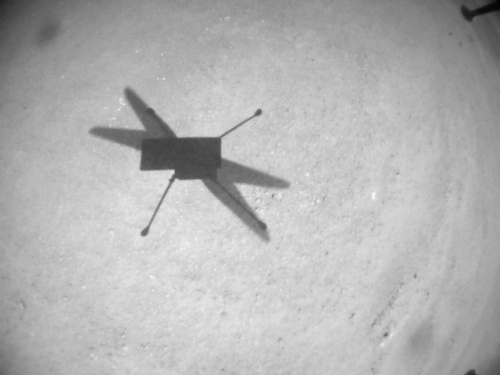Boeing to return Starliner to factory
Capitalism in space: According to a Wall Street Journal story today, Boeing and NASA have decided to remove the Starliner capsule from the Atlas-5 rocket and return it to Boeing’s factory in order to do a more thorough inverstigation into the capsule’s failing valves.
This decision means that the launch of the second unmanned demo test flight of Starliner will not occur in August, and will likely be delayed several more months. NASA and Boeing just held a press conference in which they made this decision official. During that conference they said they think the moist environment at Kennedy might have caused corrosion in the valves, which caused them to stick.
I once again wonder if Boeing has any quality control systems at all. For such a serious problem — the failure of 13 valves out of 24 — to suddenly pop up just hours before launch, when they have been developing this capsule for years, and even had an extra year and a half to check the capsule out after the failures during the first unmanned demo flight in December 2019, is somewhat astonishing, and very disturbing.
Others will argue that problems like this can always appear unexpectedly in space hardware. I say hogwash. Boeing is not inventing something new with Starliner. This is a capsule, using heritage engineering first invented in the late 1950s. It should not be so hard to get this right.
Capitalism in space: According to a Wall Street Journal story today, Boeing and NASA have decided to remove the Starliner capsule from the Atlas-5 rocket and return it to Boeing’s factory in order to do a more thorough inverstigation into the capsule’s failing valves.
This decision means that the launch of the second unmanned demo test flight of Starliner will not occur in August, and will likely be delayed several more months. NASA and Boeing just held a press conference in which they made this decision official. During that conference they said they think the moist environment at Kennedy might have caused corrosion in the valves, which caused them to stick.
I once again wonder if Boeing has any quality control systems at all. For such a serious problem — the failure of 13 valves out of 24 — to suddenly pop up just hours before launch, when they have been developing this capsule for years, and even had an extra year and a half to check the capsule out after the failures during the first unmanned demo flight in December 2019, is somewhat astonishing, and very disturbing.
Others will argue that problems like this can always appear unexpectedly in space hardware. I say hogwash. Boeing is not inventing something new with Starliner. This is a capsule, using heritage engineering first invented in the late 1950s. It should not be so hard to get this right.









